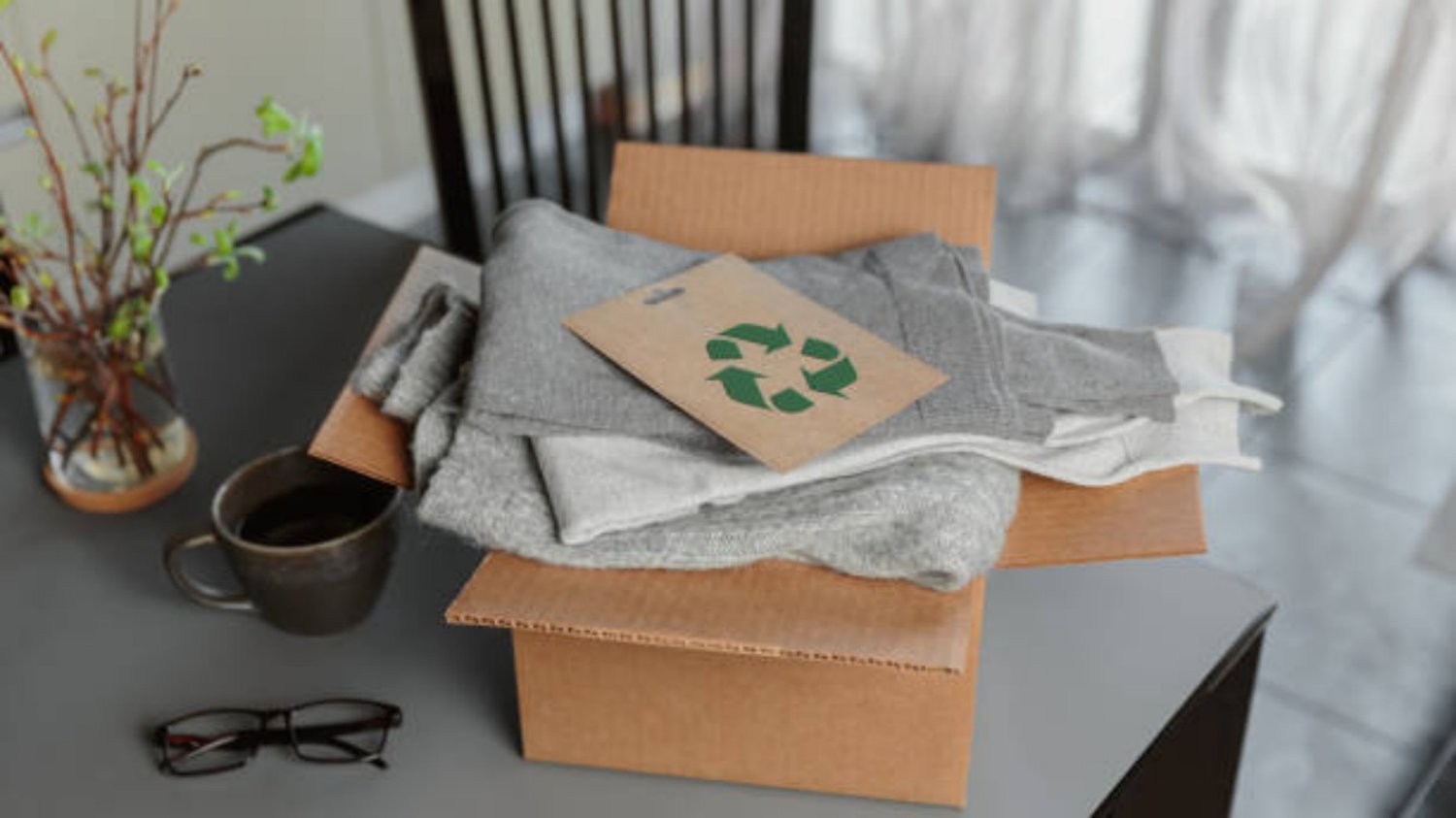types of sustainable fabrics: An Introduction to Eco-Friendly Fashion
In recent years, the fashion industry has been increasingly focused on sustainability and ethical practices. As consumers become more conscious of the environmental impact of their choices, sustainable fabrics have gained popularity. These fabrics are sourced, produced, and manufactured in ways that minimize harm to the environment and prioritize social responsibility. In this article, we will explore ten different types of sustainable fabrics, each offering unique benefits and characteristics. Whether you are a fashion enthusiast or simply curious about eco-friendly alternatives, this comprehensive guide will help you make informed choices.
1. Organic Cotton: Comfort Meets Sustainability
Organic cotton is one of the most widely recognized sustainable fabrics. It is grown without the use of synthetic pesticides or fertilizers, making it safer for farmers and the environment. Additionally, organic cotton is often cultivated using techniques that conserve water and promote soil health. This fabric is known for its softness, breathability, and versatility, making it a popular choice for various garments and accessories.
2. Hemp: The Eco-Warrior's Favorite
Hemp is a fast-growing plant that requires minimal water, pesticides, and fertilizers. It is naturally resistant to pests, eliminating the need for chemical interventions. Hemp fabric is durable, UV resistant, and has excellent breathability. It can be used to create a wide range of products, including clothing, home textiles, and even building materials.
3. Bamboo: From Panda's Diet to Sustainable Fashion
Bamboo fabric is derived from the pulp of bamboo grass. It is a highly renewable resource, as bamboo grows rapidly without the need for excessive water or chemicals. The fabric has natural antibacterial properties, is hypoallergenic, and offers excellent moisture-wicking capabilities. While the production process can involve chemicals, there are eco-friendly methods available, such as the lyocell process.
4. Tencel: The Eco-Champion
Tencel, also known as lyocell, is a type of rayon fabric made from sustainably sourced wood pulp. The production process uses non-toxic solvents and boasts low water consumption. Tencel is renowned for its softness, strength, and breathability. It is often used in clothing, bedding, and home textiles.
5. Recycled Polyester: Giving New Life to Plastic
Recycled polyester is made from post-consumer plastic bottles or other polyester waste. By diverting plastic from landfills and reducing the need for virgin polyester production, this fabric helps to conserve energy and resources. Recycled polyester has similar properties to conventional polyester, offering durability, wrinkle resistance, and moisture-wicking abilities.
6. Organic Linen: Timeless Elegance with a Green Twist
Linen is derived from the flax plant, a crop that requires fewer pesticides and water than conventional cotton. Organic linen is grown without synthetic chemicals, making it a sustainable alternative. Linen fabric is known for its exceptional breathability, moisture-wicking properties, and elegant drape. It is a popular choice for summer clothing and home textiles.
7. Wool: Cozy and Sustainable
Wool is a natural protein fiber derived from sheep. It is renewable, biodegradable, and offers excellent insulation. Sustainable wool is produced through humane practices, ensuring the welfare of the animals. This fabric is warm, breathable, and has natural moisture-wicking properties, making it ideal for various climates and outdoor activities.
8. Piñatex: The Vegan Leather Alternative
Piñatex is a groundbreaking fabric made from pineapple leaf fibers. It is a cruelty-free and sustainable alternative to traditional leather. Piñatex production utilizes by-products from the pineapple industry, reducing waste and promoting economic opportunities for farming communities. This innovative material is used in accessories, footwear, and even furniture.
9. Modal: Softness Meets Sustainability
Modal is a type of rayon fabric made from beech tree pulp. The production process requires less land and water compared to conventional cotton. Modal fabric is lightweight, breathable, and has a silky texture. It is commonly used in loungewear, underwear, and bedding.
10. Soy Silk: A Natural Fiber with a Luxurious Feel
Soy silk, also known as soybean fiber, is derived from the waste product of soybean oil production. It is a renewable and biodegradable fabric that offers a luxurious texture and excellent moisture absorption. Soy silk is often blended with other fibers, such as organic cotton or bamboo, to create a range of sustainable textiles.

